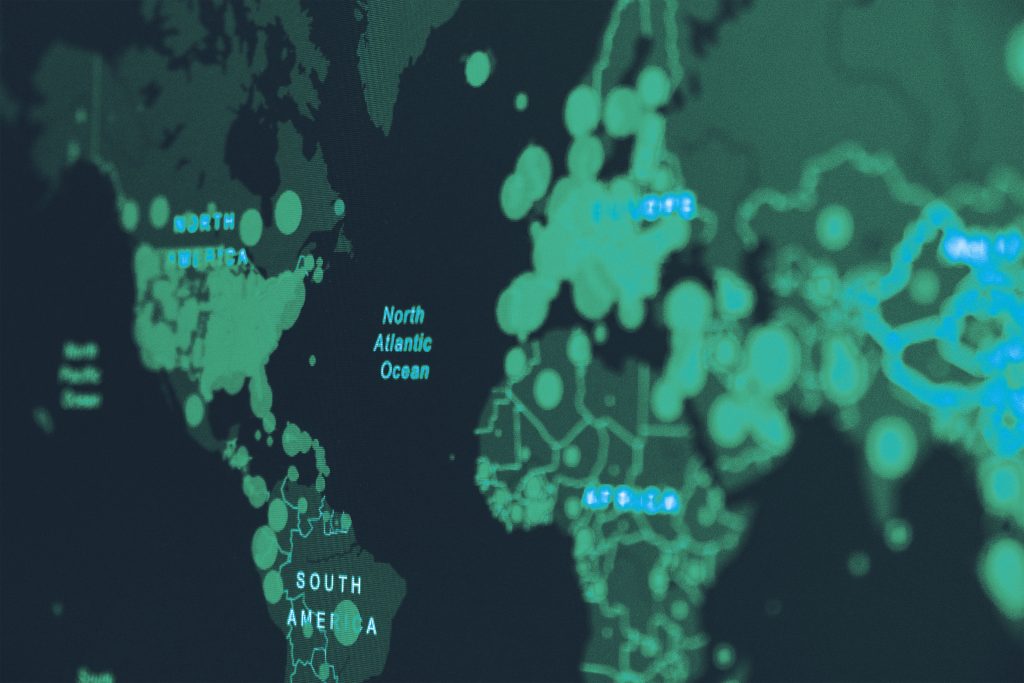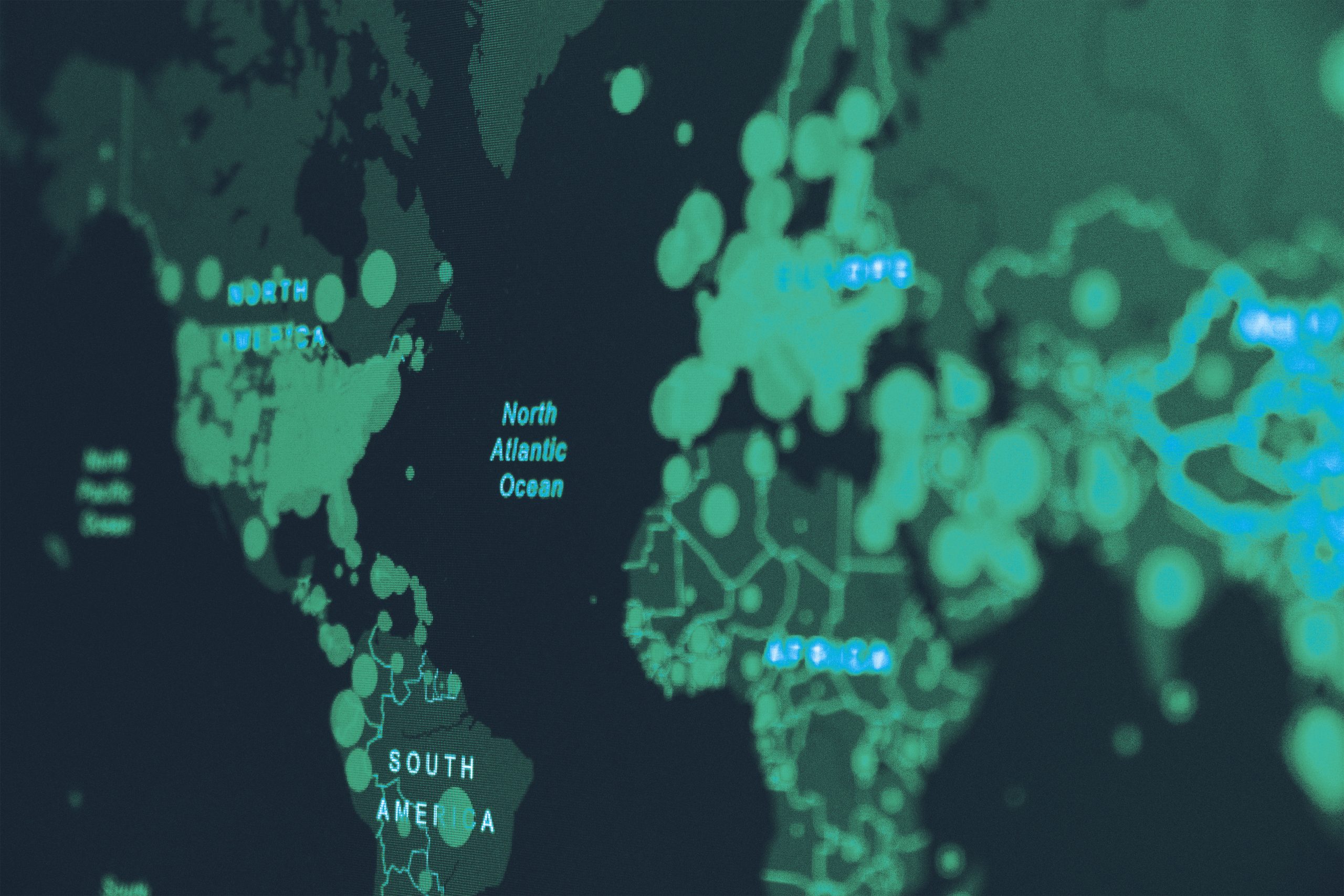On Episode 27 of The Satellite & NewSpace Matters Podcast we were joined by Tobias Reinicke, the CTO and Co-Founder at Satellite Vu. Tobias has an extensive background in geography and computing with a career spanning over two decades in the aerospace industry. His main focus has been creating advanced solutions for global mapping. Satellite Vu is on a mission to build high resolution thermal data through the launch of their first satellite, the HOTSAT-1 in June, and the recent release of the first light imageries. Tobias explained the importance of using these images to protect our planet, and how companies can plan for the future using the same technology. Read on for his insights.
How can organisations use thermal imaging data to change their behaviours?
As a company we can detect heat loss at a very high level. Any industry or activity that is based on heat production, we can infer activity levels of. So you can imagine that companies that run large equipment, factories, refineries, or that sort of infrastructure, would request data for their own sites and connected sites that they may not have easy access to, to assess where they are losing heat. Because we’re a global service, we can give them a holistic view of all their assets and sites, and provide a benchmark for their site, showing if they are running at a certain level of capacity.
Companies have a mandate according to their emissions and wastage of heat that they need to abide by. We can show you whether your sites are achieving that or not. At the same time, if you’ve made some changes, we can show you what the before and after looks like so that you can validate that your changes have made an effect. As legislation and policies come into place in many countries, we are going to be able to help companies assess the situation and help them make the decision with our datasets. We hope to play a key part in monitoring assets that are coming online, are supposed to be coming offline, or are being retrofitted to be more efficient.
What are some of the benefits of infrared imaging sensors compared to other types of sensors?
There’s a bunch of other sensors, such as optical, where you’d see what the sun reflects, but that precludes you from collecting data at night. Again, you can derive activity by looking at cars or trucks being in place, etc, but you can’t see any actual heat losses or infer anything else. You have synthetic aperture radar, which can look at nighttime as well, which is the closest you can get to thermal on that sort of capability. But again, it doesn’t give you any colour because it’s a radar bounce, so it’s a bit tricky to interpret sometimes. Otherwise you can see actual activity by looking at the hyperspectral multispectral solar solutions, which look at gas emissions. Companies like GHGSat are looking at anything to do with emissions, which our bandwidth does not allow us to do. But on the other side, GHGSat can’t derive heat loss. A combination of sensors are going to create the best picture.

What can we learn from this data from the initial images?
The first image we got from the satellite was at Rome, it was a nighttime image, and you can very clearly see some heat around the place. Looking in the northwest of the image was the Vatican, which showed up as really hot. The reason for this was most probably because it is made up of large slabs of concrete. When we get into this city analysis and city planning, materials like concrete, stone, brick and tarmac retain heat really well, and emit it at night, which is both a good thing and a bad thing. It’s fine in the winter, but not too great in the summer when you’re creating urban heat islands. Otherwise, in Rome, we can see a nice river flowing through and you can see that the water is very cool. You can see the green areas are much cooler. You can infer a lot from this and play with it on the urban planning front.
How can satellite imaging help mitigate the effects of climate change?
We will be a monitoring service. We will be able to monitor what’s going on; there’s not much else we can do other than that. But I think that if you don’t know where your biggest heat losses and emissions are, you’re not going to be able to do anything about it. That’s very much what we’re there for – to give it a global, holistic and uniform view of the sites that are emitting the most heat and therefore producing the most waste. Asset owners and policymakers want to know about that, and then when they’ve made the changes they want to know how they’ve actually improved the situation. That’s how satellite imaging will help.
To learn more about satellite imaging and the work that Satellite Vu are doing in the area, tune into Episode 17 of The Satellite & NewSpace Matters Podcast here.
We sit down regularly with some of the biggest names in our industry, we dedicate our podcast to the stories of leaders in the technologies industries that bring us closer together. Follow the link here to see some of our latest episodes and don’t forget to subscribe.
